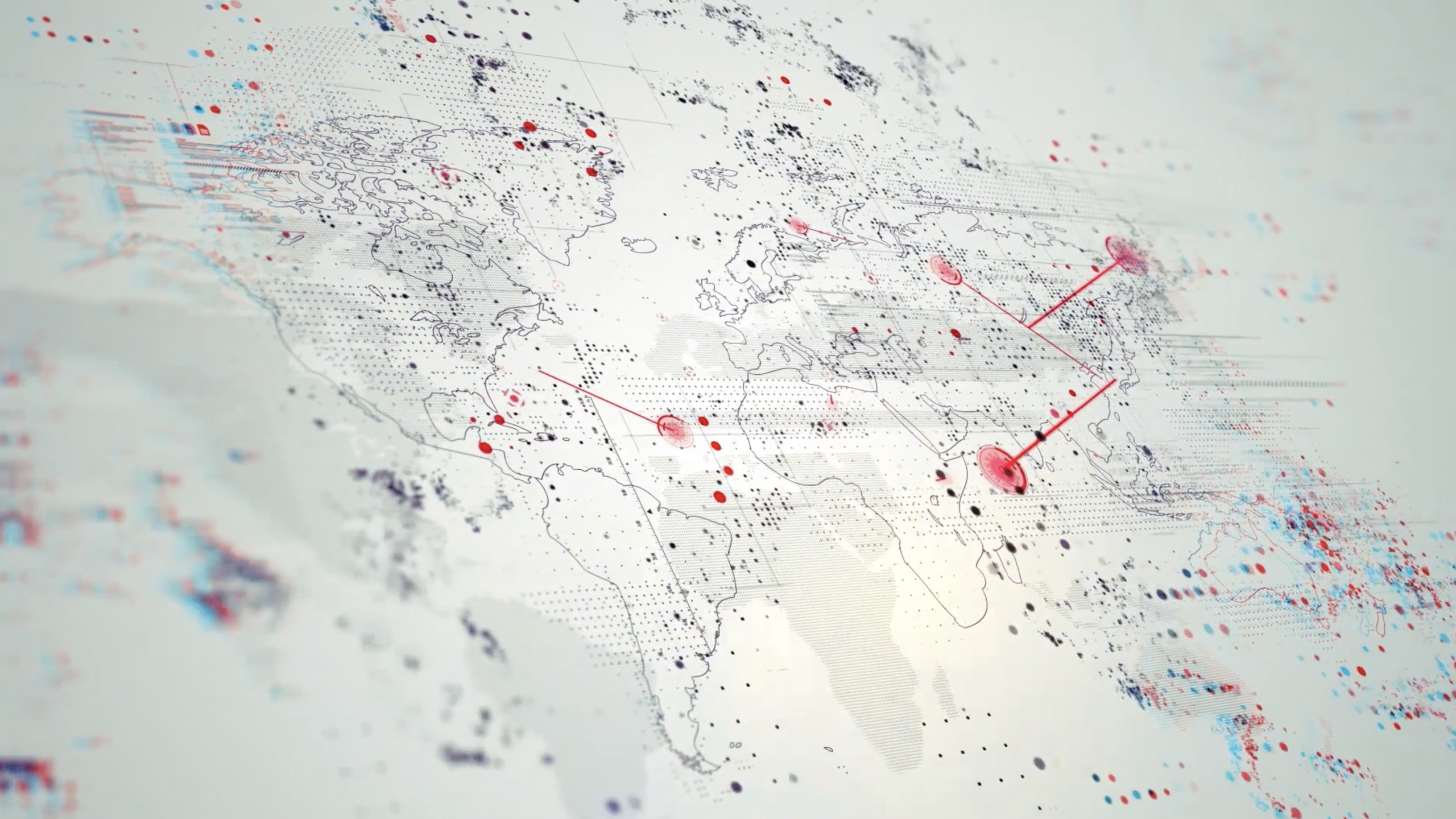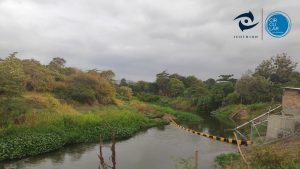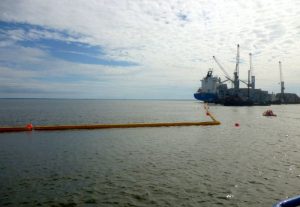
In their 1994 book, Built to Last: Successful Habits of Visionary Companies, authors Jim Collins and Jerry Porras, outlined a term that has become a synonym for a company’s desire to change the way it thinks and plans for success.
Known as a Big Hairy Audacious Goal, best defined as a challenge that forces a company to think big and create a plan that sets it on the path to long-term success. This huge target not only drives progress forward, but it also helps an organisation define its vision for the future and gets everyone working towards achieving it.
A true BHAG requires commitment as it cannot be achieved in just three or four years, as the minimum time needed for one to come to fruition is ten years, with others taking as long as two or three decades to materialise. It is also crucial that a BHAG is an attainable target, rather than just an idealistic vision.
At Ecocoast, we have set our BHAG as being present in 100 countries by 2030 and we are well on our way to achieving that target. Our company was founded in 2009 and since then we have gone from strength to strength, offering alternative, sustainable solutions for marine and coastal development around the world.
We currently operates across six of the seven continents, highlighting our rapid growth and expansion, as well the trust of our international partners.
For example, in 2017, our Ecobarrier-branded silt curtains were deployed in Veracruz, Mexico, having been designed and manufactured in the UAE and shipped to a project there, marking the first time our product was deployed in North America.
Similarly, in 2020, our Bolina Booms brand was heavily involved in a project with the UK-based Ichthion, where booms supplied and engineered by Bolina were deployed on the Portovieijo River in Ecuador, which empties into the Pacific Ocean. This South American project plays a crucial role in collecting, separating and removing plastic waste from the river system, ensuring the health and wellbeing of the provinces and ecosystems it runs through.

Bolina Booms helps Ichthion deploy its Azure system in Ecuadorian river
In Europe, we have been actively involved in several projects focusing on combating the spread of man-made waste and pollution. One of our most important projects has been our work in combating the spread of blue-green algae blooms in Belgium. Here, we worked with our client to install a reactive product solution at their reservoir in Duffel, northern Belgium. This floating boom has been specially designed to contain the by-product of fertiliser runoff, which causes the toxic algae to bloom and destroy aquatic environments, contaminating surface and groundwater reserves.
By containing the spread of the blooms into the water supply, in a cost-effective, non-invasive manner, Ecocoast has contributed towards ensuring the safety and security of the water reservoir, which is used by thousands of people in the surrounding area.
In Australia, we have been closely involved in the North Gold Coast Beach Protection Strategy (NGCBPS), including Narrowneck artificial reef, to provide a sustainable long-term coastal management solution for the area. The primary purpose of the project was to widen and protect the northern Gold Coast beaches from erosion in storm conditions, while also improving the surfing amenity.
Geosynthetic Containers have been utilised on this project to create a significantly increased storm buffer and artificial reef. This has also added the benefit of improving the diversity of marine life and vegetation in the area beyond expectations, creating a new recreational diving and fishing location.
In Africa, our Ecobarrier Silt Curtains have been used extensively, across several projects, including major dredging and construction operations. One significant example of our work in Africa was the deployment of our Silt Curtain Type III during the construction of a new General Cargo Terminal in Owendo, a coastal city along the Atlantic Ocean in Gabon.

Silt Curtains Type III installation in Gabon
Here, we worked with our client to ensure that the surrounding environment was protected from the impact of construction work and activities in the area, while also protecting the site from rough waters and strong currents.
Finally, it is perhaps in Asia where Ecocoast has had its greatest impact, thanks to our presence in Dubai. We have been instrumental in the development of model codes for the deployment of silt curtains in the Gulf region.
Silt curtain deployment in the Gulf has typically followed the Type X coding (eg. Type I), which appear similar to the USA models. These codes were first introduced to the region by Ecocoast in 2012, as silt curtains were originally produced to US Department of Transport specifications (DOT specifications).
After applying and testing in regional Gulf conditions, Ecocoast soon realised that the design specifications did not hold up to the environmental conditions. Therefore, in the absence of an international body setting minimum specifications based on environmental conditions, we worked with local authorities to set the standard for silt curtain deployment across marine construction and dredging operations in the region.
These successes – and more – all form part of Ecocoast’s Big Hairy Audacious Goal. They serve to highlight what our organisation is passionate about: the protection and safety of marine and aquatic environments. We believe in being a part of the bigger picture, and a contributor to the fight against climate change and curbing man-made waste pollution entering into our planet’s ecosystems.
Beyond dredging: The changing role of silt curtains
How silt curtains maintain environmental equilibrium on dredging projects
Silt curtain models: A call for international regulations